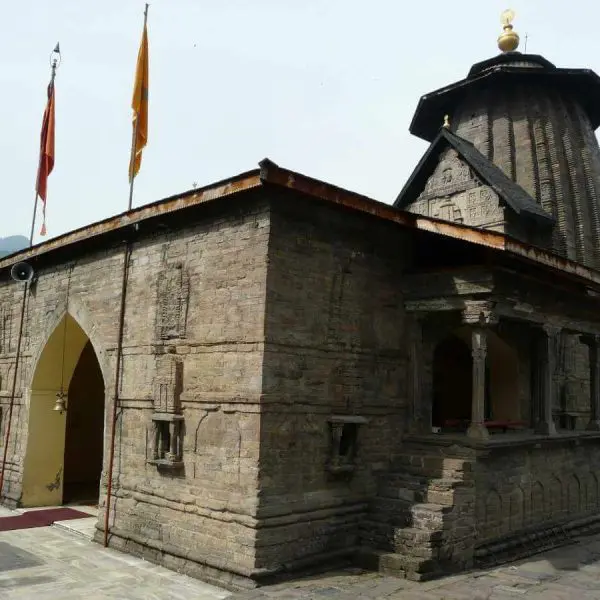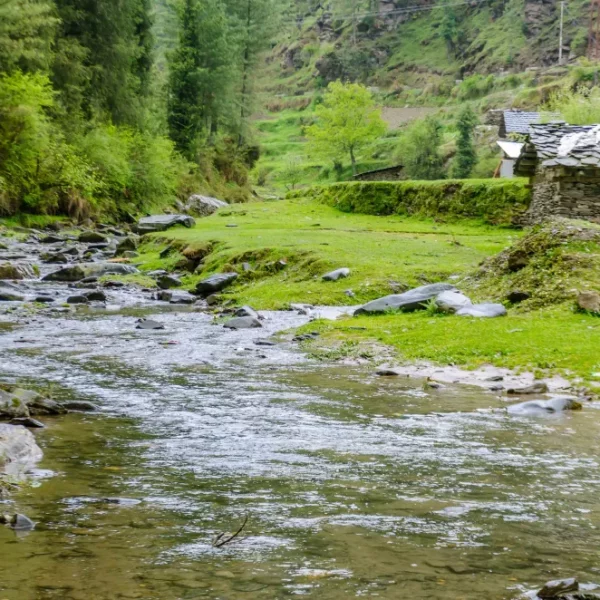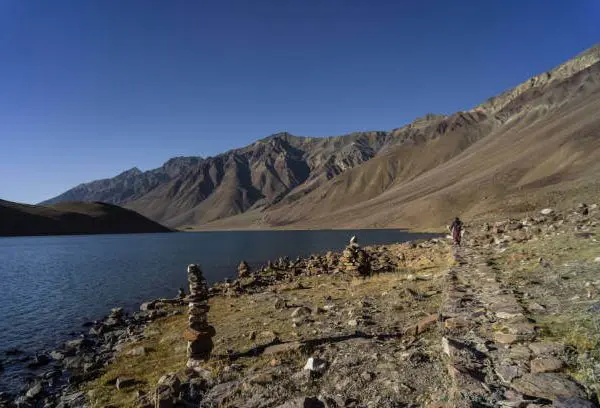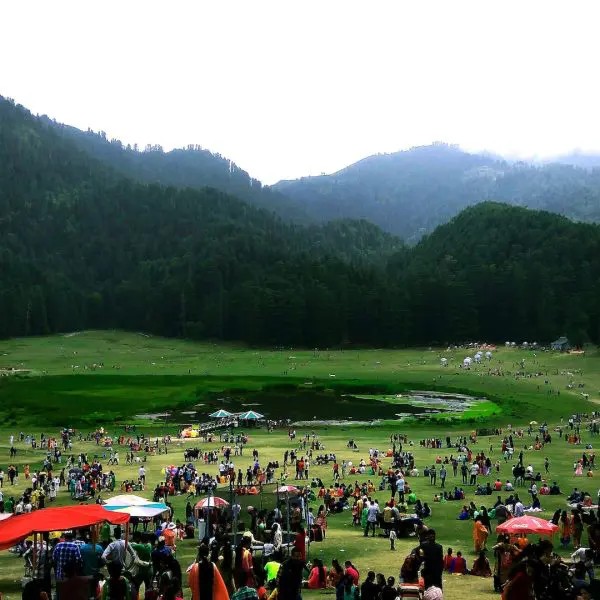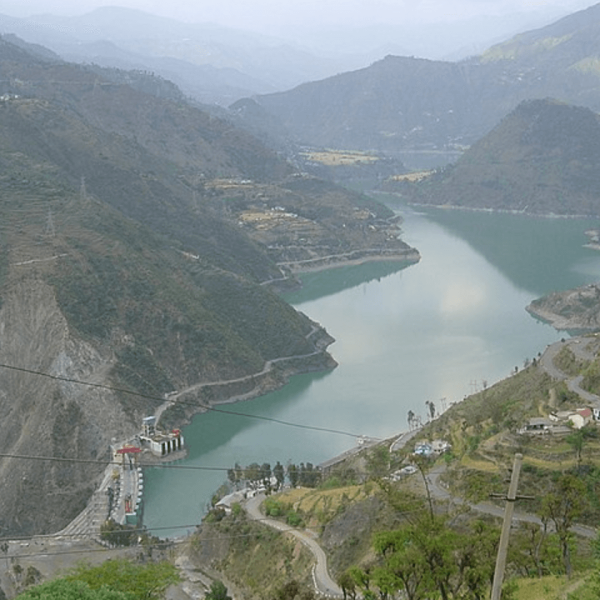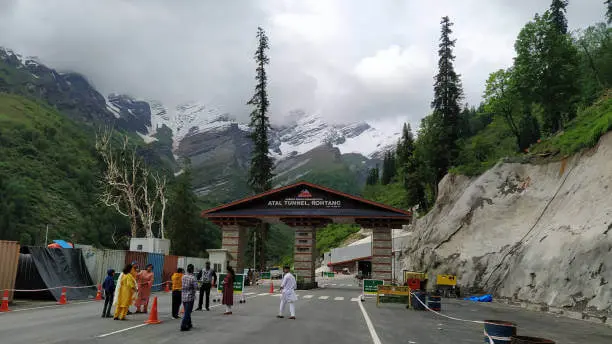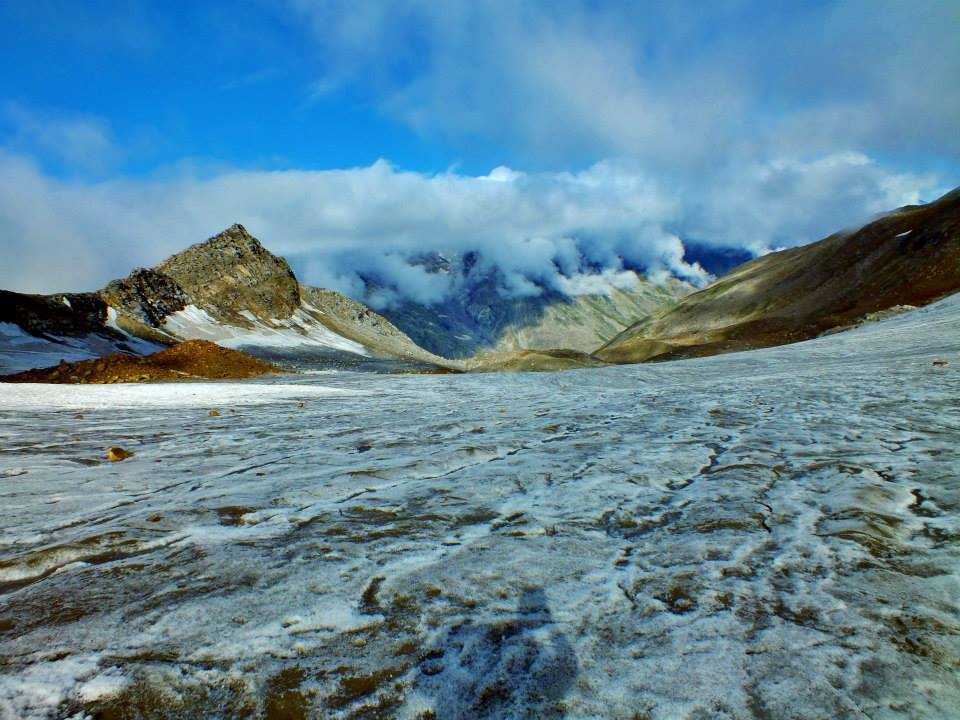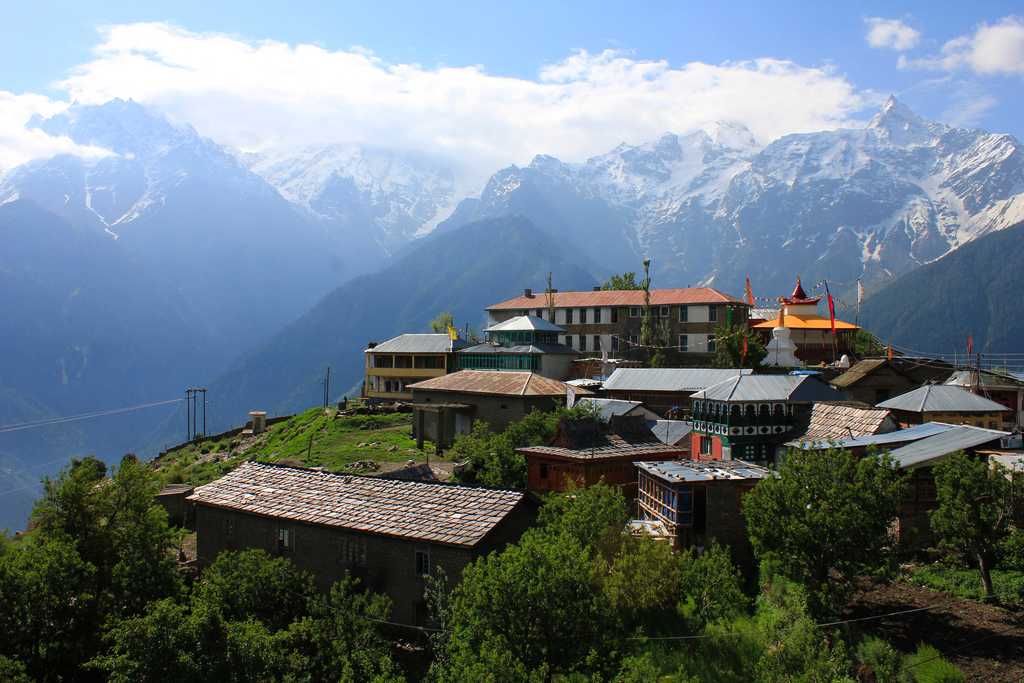
6.2°C / 43.1°F
Clear
Humidity: 33%
Wind: 13.3 km/h
Location Overview
Table of Contents
ToggleExploring the Historic Champavati Temple in Chamba, India
Located in the beautiful city of Chamba in the Indian state of Himachal Pradesh, The Champavati Temple is an important Hindu temple and one of the oldest centres of worship in the region. Built in honour of the goddess Champavati, this temple is a must-visit for anyone looking to explore India’s rich spiritual and cultural heritage. Let’s take a closer look at what makes this temple so special.
Historical Significance
The Champavati Temple was built in the 8th century and is believed to have been constructed by Raja Meru Varman. The temple consists of a single shrine dedicated to the goddess Champavati, who is an incarnation of the Hindu goddess Durga. The temple complex also houses several small shrines dedicated to various deities associated with the worship of Goddess Durga.
One of the most striking aspects of this temple is its sculpture which reflects local culture and traditions. The intricate carvings are adorned with figures and symbols associated with both Hinduism and Buddhism adding further to its spiritual significance. The architecture includes beautiful domes, spires, minarets, and turrets; all of which combine to create an aesthetic that will leave any visitor in awe.
Inside the temple, there is an eternal flame that has been burning for centuries and is said to be a symbol of hope and good fortune. The flame serves as a reminder to believers that their prayers are always heard by the divine powers.
The Champavati Temple also has historical importance because it was used as a shelter during war times when invaders attacked the city of Chamba. This makes it an important part of local history and culture which only adds to its spiritual significance.
Visitors can enjoy various religious rites taking place at this ancient temple such as chanting, hymns, and offerings made to Goddess Durga or God Shiva. There are also many festivals celebrated throughout the year at this temple which attract large numbers of devotees and visitors.
The Champavati Temple dates back to 827 A.D., making it one of the oldest temples in Chamba. It was built by Raja Sahil Verma, a great ruler and devotee of Lord Shiva. The temple was originally built on the banks of River Ravi and served as an important centre for worshipping Lord Shiva or Siva until it was moved to its current location during renovations in 1762 A.D. Many ancient artefacts were discovered during these renovations, including coins from different eras that are now displayed at Chamba’s Museum of Arts and Antiquities.
Architecture
The Champavati Temple is a two-storey building constructed mainly out of wood with intricate carvings on its exterior walls. This unique structure stands on a raised platform that adds to its majestic look and is surrounded by four large pillars known as “shikharas” which serve as gateways into the temple complex. Inside, you will find several statues made from white marble depicting various Hindu gods and goddesses such as Lord Shiva, Goddess Durga, Lord Ganesha, Lord Vishnu and many more.
Inside the main shrine room lies an imposing statue carved out of black stone that represents Goddess Champavati herself – believed to be an avatar (incarnation) of Goddess Parvati – along with five other statues standing around her representing some minor deities associated with her worship rituals. Each year, thousands of pilgrims flock to Chamba to pay their respects at this historic site and offer prayers to their beloved goddess Champavati Devi (Divine Mother).
For those seeking a deeper understanding into India’s spiritual history or simply looking for an unforgettable experience while visiting Chamba—the Champavati Temple is not to be missed! This ancient temple is one that should definitely be included on any traveller’s list when exploring India’s varied culture and religious sites! From its rich historical significance to its stunning architecture—this temple has something for everyone! So make sure you visit this iconic site next time you travel through Himachal Pradesh!
Included/Exclude
- Pick and Drop Services
- 1 Meal Per Day
- Cruise Dinner & Music Event
- Visit 7 Best Places in the City With Group
- Additional Services
- Insurance
- Food & Drinks
- Tickets
Tour Amenities
Tour Plan and Itenary
The temple is centrally located in Chamba town, Himachal Pradesh, India. It's typically found behind the City Police Post and Treasury building, making it easily accessible within the town.
The temple was built by Raja Sahil Varman in the 10th century AD. According to legend, Raja Sahil Varman had a daughter named Champavati, who was very spiritual and often visited temples and ashrams. The king, suspecting her activities, once followed her secretly to an ashram with a dagger. Upon entering, he found both his daughter and the sadhu (sage) had vanished. A divine voice then spoke to him, stating that his daughter had been taken away due to his suspicion, and instructed him to build a temple in her memory at that very spot to avert further calamities for his kingdom. Thus, the Champavati Temple was constructed.
The Champavati Temple is a prime example of the Shikhara style of architecture prevalent in North India. Key features include:
- Elaborate stone carvings: The temple walls are adorned with intricate carvings and sculptures.
- Pyramidal roof/spire (Shikhara): It has a tall, tapering spire characteristic of this architectural style.
- Magnified wheel on the rooftop: This is a distinctive feature that makes it unique from many other temples in the region.
- Dry dressed stone masonry: The primary construction material.
- Sanctum and an assembly hall: The temple consists of a main shrine (sanctum) and an attached assembly hall, though the latter might be a later addition.
- Indo-Western elements: Some sources suggest a blend of Hindu and other influences in its design.
The main deity worshipped here is Goddess Champavati, who is considered an avatar of Goddess Durga (specifically, Goddess Mahishasuramardini). The temple also houses idols of other Hindu gods and goddesses, including Lord Vishnu, Lord Shiva, and Goddess Durga.
The temple is generally open from early morning till evening. Specific timings vary slightly by source, but typically range from 6:00 AM to 6:00 PM or 6:00 AM to 9:00 PM. It's open daily.
No, there is no entry fee to visit Champavati Temple.
The best time to visit Chamba and the Champavati Temple is generally from March to June and August to November.
- March to June: Pleasant weather, ideal for sightseeing.
- August to November: Comfortable weather, and the Navratri festival in September is celebrated with great enthusiasm at the temple, attracting many devotees and tourists.
Yes, the Navratri festival is celebrated with great joy and enthusiasm at Champavati Temple. This is a significant time when thousands of devotees visit the temple.
Since it's in the heart of Chamba town, once you reach Chamba, it's easily accessible:
- By Walk: If you are staying in Chamba town, you can likely walk to the temple.
- Local Transport: Auto-rickshaws, cabs, and local rickshaws are available within Chamba.
- To Chamba:
- By Air: The nearest airport is Pathankot Airport (around 120 km), followed by Gaggal Airport (Kangra) (around 150 km).
- By Rail: The nearest major railway station is Pathankot (around 120 km).
- By Road: Chamba is well-connected by state-run buses and private taxis from major cities in Himachal Pradesh and neighboring states.
How to reach here
Find a route from your location
Questions & Answers
Do you speak spanish?
Lorem ipsum dolor sit amet, utinam munere antiopam vel ad. Qui eros iusto te. Nec ad feugiat honestatis. Quo illum detraxit an. Ius eius quodsi molestiae at, nostrum definitiones his cu. Discere referrentur mea id, an pri novum possim deterruisset. Eum oratio reprehendunt cu. Nec te quem assum postea.
Review Scores
Unlock your dream destination! Fill our travel lead form and get personalized itineraries tailored just for you. Start your adventure now.
Booking Tour
Tour Information

6.2°C / 43.1°F
Clear
Humidity: 33%
Wind: 13.3 km/h
Tomorrow's Forecast

High: 15.2°C / 59.4°F
Low: 5°C / 41°F
Sunny
Popular places
Near by locations
- Quality4.67
- Location3
- Amenities4
- Services4
- Price3.67
Khajjiar lake
- Quality4.67
- Location3
- Amenities4
- Services4
- Price3.67
Chamera Dam
- Quality4.67
- Location3
- Amenities4
- Services4
- Price3.67
Manimahesh Lake
- Quality4.67
- Location3
- Amenities4
- Services4
- Price3.67
Lakshmi Narayan Temple
- Quality4.67
- Location3
- Amenities4
- Services4
- Price3.67
Bhuri Singh Museum
Popular Destinations
Near by locations
- Quality4.67
- Location3
- Amenities4
- Services4
- Price3.67
Khajjiar lake
- Quality4.67
- Location3
- Amenities4
- Services4
- Price3.67
Chamera Dam
- Quality4.67
- Location3
- Amenities4
- Services4
- Price3.67
Manimahesh Lake
- Quality4.67
- Location3
- Amenities4
- Services4
- Price3.67
Lakshmi Narayan Temple
- Quality4.67
- Location3
- Amenities4
- Services4
- Price3.67

